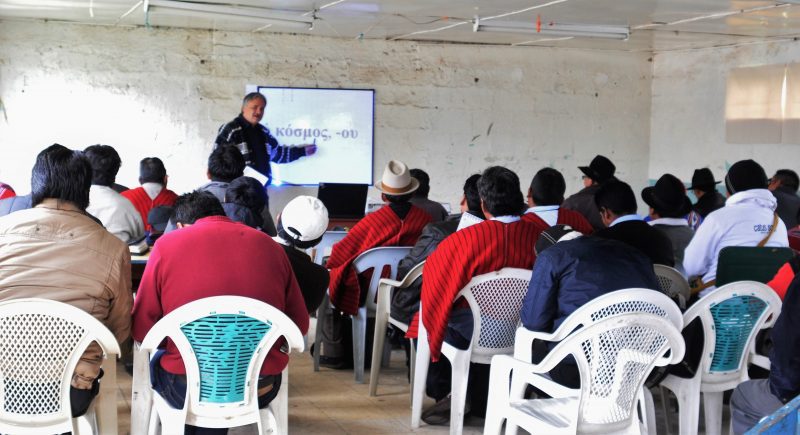Related Articles
Training Leaders for a Church on the Run
After six to eight brainstorming meetings, plans for an informal Bible training institute for Quichua leaders in Imbabura province were developed.
The Significance of the Extension Seminary
Especially within the realm of evangelical missions, many eyes are turned toward an intriguing phenomenon: the “extension seminary” for short—more properly, “theological education by extension”—is in center stage. Rarely has such a basic alteration of institutional modes moved so rapidly, hopscotching its way completely around the world.
The Significance of the Extension Seminary
Especially within the realm of evangelical missions, many eyes are turned toward an intriguing phenomenon: the “extension seminary” for short—more properly, “theological education by extension”—is in center stage. Rarely has such a basic alteration of institutional modes moved so rapidly, hopscotching its way completely around the world.
Discipleship Training: A Non-traditional Approach to Theological Education for the Highland Quichua of Ecuador
I believe a cultural blindness exists at the core worldview level of the western missionary and Quichua student that limits the clear teaching and the student’s comprehension and learning in the area of international theological education.
Welcoming the Stranger
Presenter: Matthew Soerens, US Director of Church Mobilization, World Relief Description: Refugee and immigration issues have dominated headlines globally recently. While many American Christians view these…


